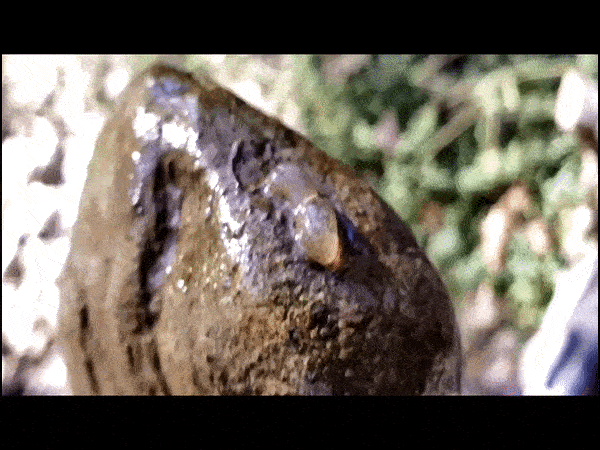Hello folks who wonder if cats indeed have 9 lives, does the family get the life insurance payout after the 1st death or the 9th one,
What is something that causes a lot of stress/anxiety, takes a chunk of time from your schedule and involves a substantial amount of money?
What? What did you say? A troubled marriage! Well, I don't know why you would go there but I suppose that can be one of the answers. I was looking for "relocation".
The act of moving is always stressful for multiple reasons:
- You find out that you might be feeling pity for the homeless camping outside your house who are hoarding all the unnecessary stuff along with plastic bottles, bags of trash and such. But now when you are clearing your apartment, you find out you are not much better. At least you have your sh*t behind closed doors and thus not open for the world to see and judge.
- It cannot be done at the last minute like all the things you have done throughout your life.
- You have to research the moving companies that are the best bang for your buck and call them up for their estimates.
- You can't figure out how many boxes you will need. Also you still haven't opened a lot of boxes from the last time you moved to this place that you are now leaving.
Ants are social insects which means they always spend their thanksgiving with their families. It also means everyone has a role to play in the colony, be it washing the dishes, babysitting the kids, making more babies, taking out the trash, bringing home the bacon or helping with relocation. One of my favorite things to do in parks is to stalk ants till they lead me to their nest. Occasionally you will see a lot of activity around the nest entrance. It might look something like this.
Wait did you see what I just saw? Did you see the last ant carrying something in its mouth?
Let's see if you can spot it in the next one.
Did you see it? What is that white thing that resembles a grain of rice?
You see, Argentine ants will relocate their nests from time to time for a number of reasons that humans like to hypothesize. Colony outgrowing their current nest, nest damaged due to flooding, nest infected with a fungus, nest under attack or a myriad of other reasons we can only speculate. Ants have a life cycle like butterflies which means they have a larval form like caterpillars and a pupa form where they do some soul searching. Unlike the butterfly larval form, the larvae of ants cannot move around and rely on the worker ants for being fed. So when it is time to move nests, the workers will transport the eggs, larvae and the pupae using their mandibles. That is why if you ever took a peek inside a lot of these ant colonies they have posters on the wall with the quote "It takes a colony to raise an ant".
Below is a worker ant holding a pupa in its mandibles which are capable of slicing food or a rival ant but also to gently hold a helpless pupa.
If you take a closer look at the pupa, they look like a transparent worker ant. As time passes by, they will become darker and when fully matured, will wake up and start doing chores around the colony.
Another thing that you can do when you visit one of our local creeks is pick up random rocks in the creek and look if there are invertebrates lurking on the underside of those rocks. On my recent visit to a creek in San Jose, I found this clear soft glob on the underside of this rock.
These clear soft globs are egg masses of some freshwater aquatic snail. It becomes evident when you take a closer look.
Wait, it becomes more interesting when you take an even closer look. You can see the cell division that has taken place inside the embryo.








No comments:
Post a Comment
Did you learn something new in this post? Let us know in the comments below